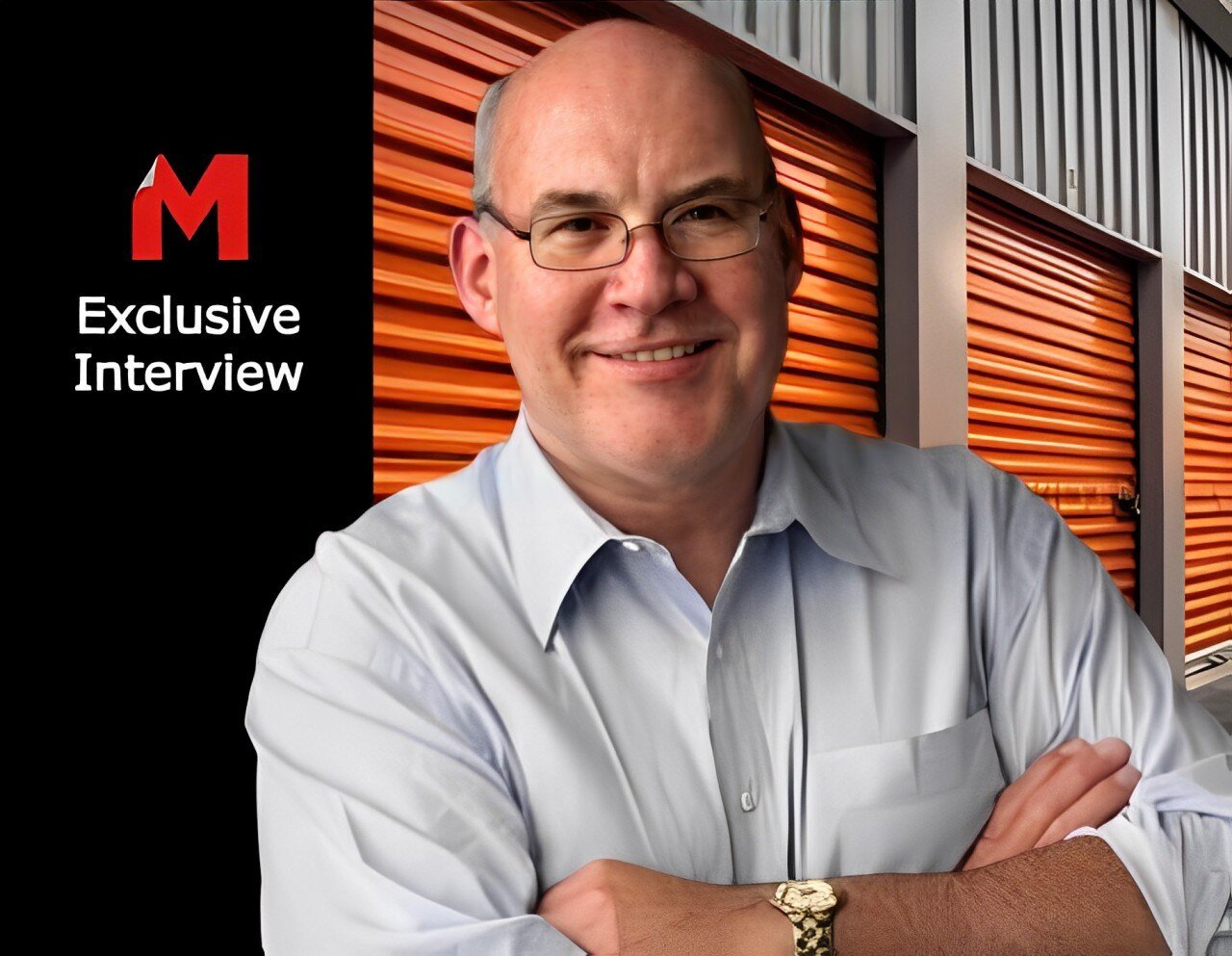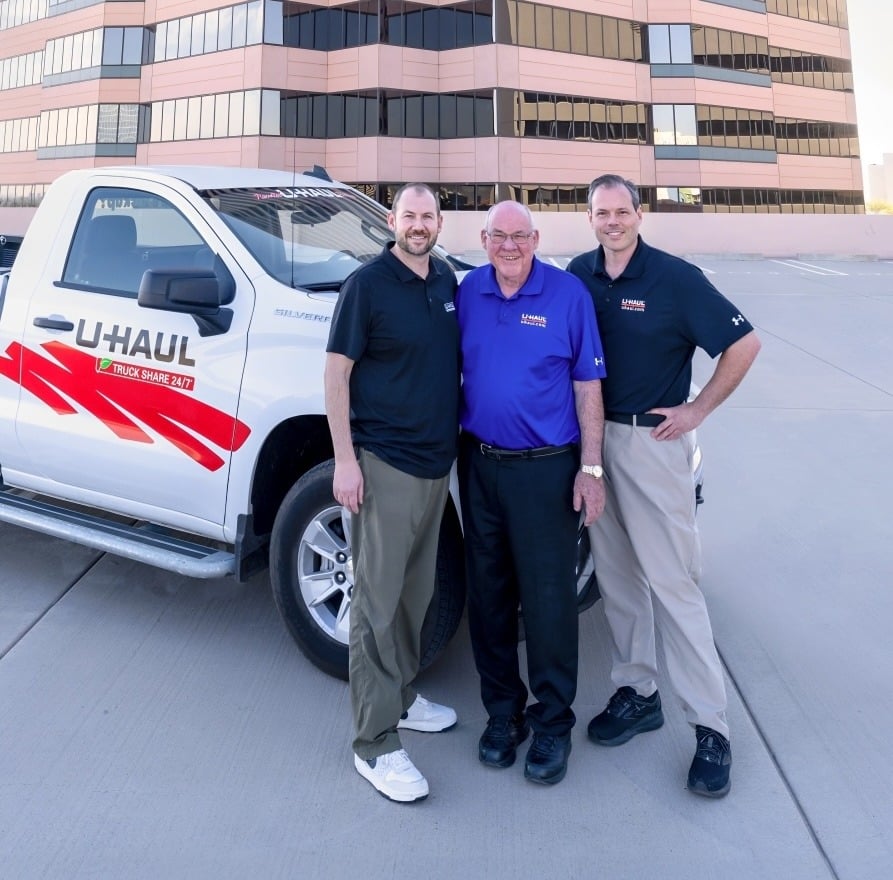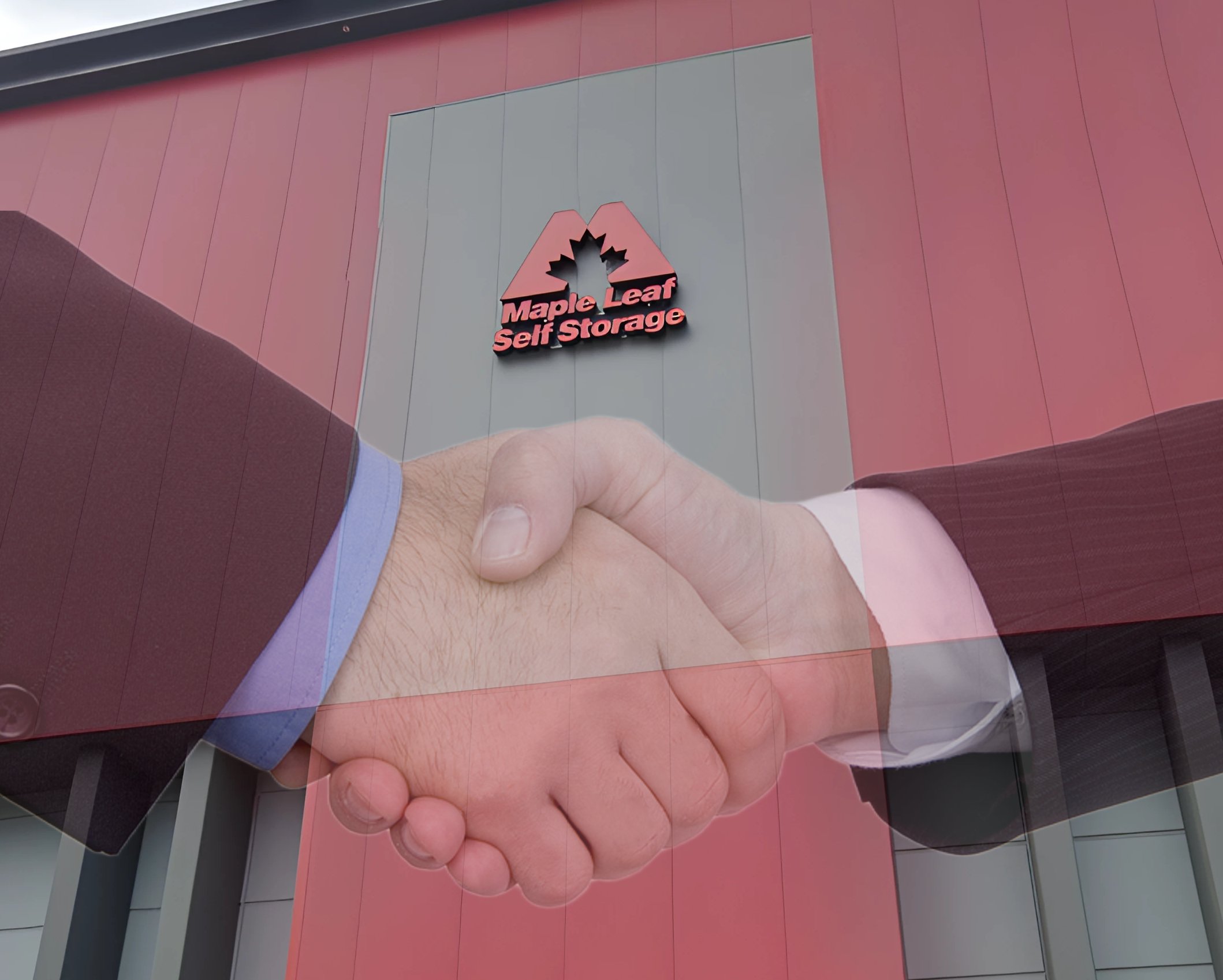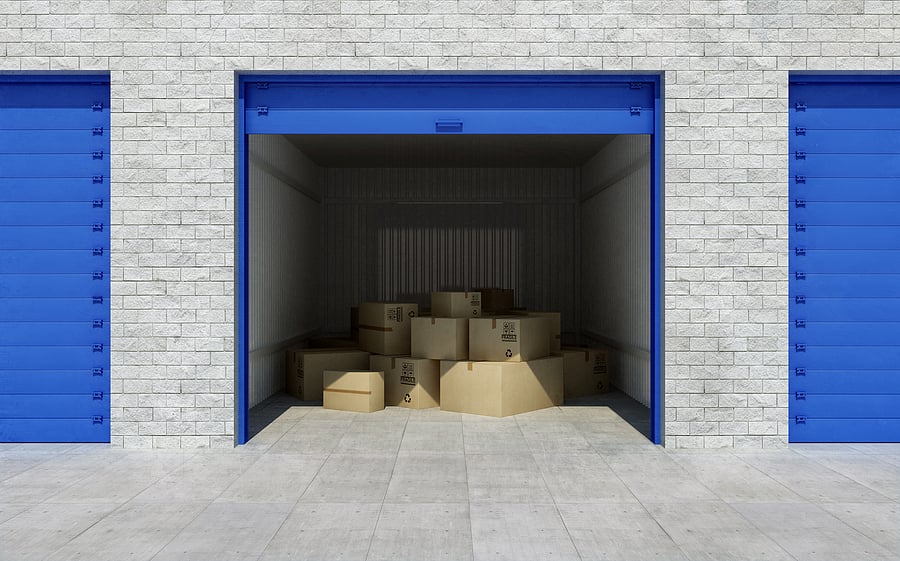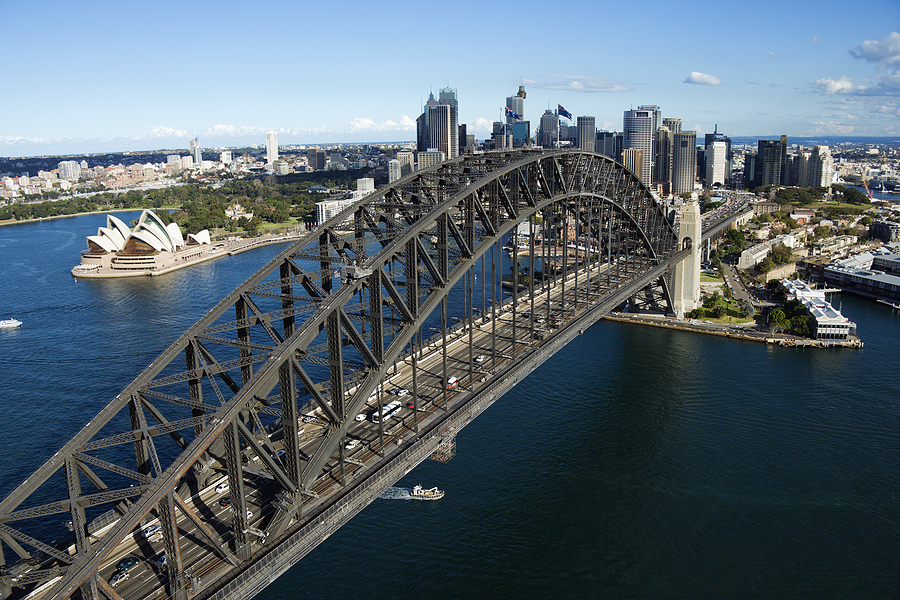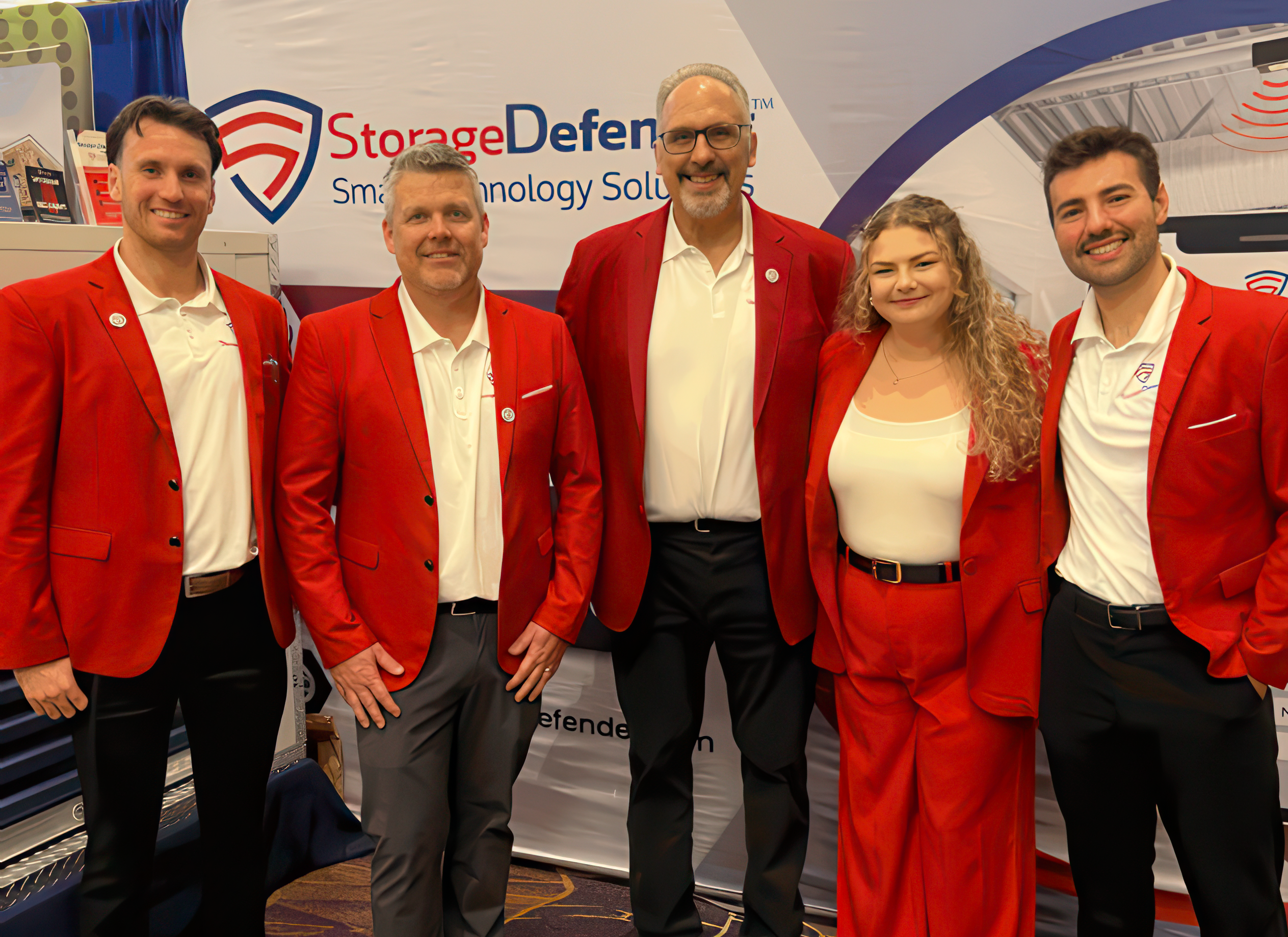Conscientious Conversions: Revitalizing The Past With Adaptive Reuse
Growth in a community is great; it means more jobs, a growing population, new and fun restaurants, and other such improvements that come with a growing economy. But growth often comes at the expense of history, wiping away the past to make room for the future. As communities grow and evolve, too easily are historical buildings razed to make way for “progress,” leaving the stories and memories of a place to be forgotten. Taking the time and energy to honor relevant historical elements of spaces and finding a way to modernize the balance to serve a new purpose keeps these stories alive and maintains a community’s connection to the space. This is the essence of adaptive reuse. While there’s a myriad of benefits in choosing to reuse existing structures instead of building new ones, this article will focus on how it positively affects environmental impact and an improved sense of place.
Adaptive reuse is a concept where an existing structure is updated or adapted for a new purpose while preserving specific elements. Typically, this happens with historic buildings or buildings that have been vacant for a significant period of time and focuses on keeping historic features or aspects that tell the unique history of a building; it’s honoring the past but accepting the fact that we are all moving forward. In its best form, adaptive reuse melds past and present to create a deeper, more meaningful sense of place by bringing history into the present and allowing people to feel connected to it in a modern way.
But there’s more to adaptive reuse projects than just maintaining a connection to our past. From an environmental perspective, adaptive reuse provides multiple benefits. By reusing what’s already present, adaptive reuse helps avoid unnecessary urban sprawl, a major contributor to greenhouse gas emissions. New buildings on previously unimproved land will remove vegetation that can serve as important green spaces, require the use of new building materials, and, more often than not, require users to drive farther than previously necessary. According to The Brookings Institution, North America is a world leader in both building-related energy consumption and vehicle miles traveled per capita (www.brookings.edu/research/we-cant-beat-the-climate-crisis-without-rethinking-land-use/), which is not something to be particularly proud of. However, without considering sprawl, demolishing old buildings has significant environmental costs. As documented in an article published by the Chicago Metropolitan Agency for Planning, demolition makes up 25 percent of the solid waste that goes into U.S. landfills each year (www.cmap.illinois.gov/about/2040/supporting-materials/process-archive/strategy-papers/teardowns/effects). It’s more than just physical waste too. When a building is demolished, the energy embedded in that structure is also lost. This energy included what was expended in the original production, transportation of the materials, and any human power used in its construction and upkeep. We don’t often think about waste in this way, but what’s spent once can never be spent again, and demolishing a building is wasting all of that energy as well as all of the physical material being sent to a landfill.
Benefits Of Reuse
There are further environmental benefits to reusing buildings. According to an article published by The American Institute of Architects, adaptively reusing a building generally saves about 50 to 75 percent of embodied carbon compared to new construction (www.aia.org/articles/70446-ten-steps-to-reducing-embodied-carbon). It takes between 20 and 30 years for a building to compensate for the initial carbon impacts of its construction, according to research from the Preservation Green Lab of the National Trust for Historic Preservation, so the longer a building is able to be maintained and put to productive use, the less environmental impact the initial construction will be on a per-year basis.
There are human benefits to adaptive reuse as well. Historical buildings have often played significant roles in a community’s past; recapturing and displaying this past is a way for communities to reinforce their role in society and help members of that community develop a sense of self or purpose. Preserving historical buildings isn’t just a way of looking into the past but a way of developing a feeling that this place is unlike any other place anywhere in the world. This is an important part of the stories we tell about ourselves and our communities; it’s part of what makes us different and unique. This also helps to further the “15-minute city” concept, which has grown in popularity throughout the pandemic. People want to live in areas where their needs are easily accessible, thus rejecting urban sprawl while choosing a neighborhood that reflects them and the stories they tell about themselves. The concept, also known as re-urbanism, advocates for the redevelopment of historical or obsolete buildings to facilitate a more sustainable and accessible city while building a stronger sense of community.
When you consider the trends associated with all these benefits (carbon capture, waste diversion, increased sense of community and place, and improved connection to our past and our personal stories), it’s easy to see that it’s an ideal time to consider adaptive reuse as an option more often. Increasingly, consumers are looking for ways to slow the effects of climate change and choosing companies that demonstrate they are responsible corporate citizens who take environmental impact seriously.
Apple’s Adaptive Reuse Project
Apple Self Storage is a company that has taken this concept to heart. Being a family owned and operated company, we recognize the importance of respecting, engaging, and honoring the communities in which we are involved. An integral part of this is recognizing and maintaining historical narratives and a community’s stories. A great example of this is a recent adaptive reuse project in the Leaside neighborhood of Toronto.
The building, located at 20 Research Road, was part of the Research Enterprises Limited (REL) campus, a top-secret, government-owned manufacturing facility that produced optical equipment and radar sets for the military during WWII. The building at 20 Research Road was originally the REL Radio Stores Building No. 16 and is one of two main buildings remaining from the original WWII complex designed by the firm of Allward and Gouinlock. After the war, the building was converted to a consumer goods manufacturing building and Pankhurst Knitwear occupied the space from 1946 to 2016. Shortly thereafter, we began the long process of converting this building to a self-storage facility, with the goal to keep the heritage of the building intact. In October 2019, the Toronto Preservation Board recommended it for inclusion in the City’s heritage register, which was confirmed by city council in November 2019.
The documentary photographer, Peter MacCallum, wrote an excellent article on the building in Spacing Toronto (spacing.ca/toronto/2021/03/12/research-road-redux/), in which he describes the befits of adaptive reuse perfectly when he writes, “Having survived against the odds, 20 Research Road serves as a link to an earlier historic period when social cohesion and an unquestioning sense of duty were expected of Torontonians in the face of a formidable enemy.” This is exactly what adaptive reuse attempts to achieve, a modern connection to the best parts of our heritage and history.
The process of adapting a historical building for a new and unintended use is never easy. MacCallum commented that “the ribbon windows and roof monitor of this block-long building now form a kind of abstract mosaic. Each of the thousands of aged panes is unique, whether intact, cracked, patched, fogged, or painted over. Window replacement will be the major aesthetic challenge in restoring this structure and adapting it to productive use.” He hit the nail on the head; what to do with these beautiful windows was one of the big questions with the reuse of this building.
The architectural firm Quadrangle was engaged to assist in the rehabilitation of the building. They were provided two primary challenges to address:
- Re-purpose a factory building into a self-storage facility and regenerate a worn-down facade, while simultaneously preserving the characteristics that gave the building façade its distinct appearance.
- Create clear branding that points to the building’s new use as a self-storage facility and distinguishes the facility from other competitors in the neighborhood.
When a detailed inventory of existing site conditions was done, the good and bad of what we were working with was narrowed down to the following:
MASSING
- The existing massing was simple, yet strong, with obvious opportunities for branding at vertical accents.
- The massing did little to signify entrances, resulting in an unclear way-finding experience.
MATERIALITY
- The existing brick was in good shape and could be preserved.
- The glazing was in a state of disrepair and did not lend itself well to a self-storage use. It would need to be replaced.
- The concept of horizontal glass and brick bands is strong in its simplicity and lends itself to straightforward design interventions.
- The building generally lacked a vibrancy that would attract customers.
SIGNAGE / STREET PRESENCE
- Given that the existing building had not operated as a customer service business, signage was not positioned to attract customers.
- Vertical accents in the building mass (e.g. the smokestack) and a long street façade offered clear branding opportunities.
- The building was located mid-block with a competitor located closer to the main intersection. Bold signage and branding would be needed to draw customers farther down the street.
- The north side of the property was currently undeveloped, offering opportunities for signage and branding visible from the north.
USER EXPERIENCE / WAY-FINDING
- The existing building was not currently retail customer focused and therefore did not provide clear wayfinding to loading areas or building entrances.
- The building was highly visible from Research Road, offering clear opportunities for wayfinding devices.
The strategy for improvement of the building was centered around the following concepts:
- Repair And Rejuvenate The Façade
- Replace the dilapidated glazing in a manner that preserves the defining characteristic (e.g. the horizontal banding of glass and brick) of the existing façade.
- Take advantage of the long street frontage to create a dynamic façade that will differentiate the building from its competitors.
- Enhance The Signage
- Create a memorable and consistent branding strategy.
- Consider a variance to the signage by-law to allow the placement of signage in highly visibility locations.
- Create A User Experience
- Introduce clearly visible signage for the entrance, parking area, and loading bay.
- Create an inviting entrance closer to the sidewalk with views to the interior and signified by a canopy.
- Create a more active street front by making the store and entrance well-lit and visible from the exterior.
Ultimately, the best solution for adapting the building to a self-storage use was to remove the windows and replace with corrugated metal. In the spirit of conservation, all steel window frames, mullions, fasteners, and window putty were removed carefully to limit further damage to the concrete sills and lintels. One window was salvaged for replication purposes and used to create faithful replicas for new windows in the office area and second floor glazing in the south-west corner of the building.
This option was within budget, which is always a challenge when considering adaptive reuse, and maintained the character of the building by preserving the horizontal banding and maintaining the planar relationship that existed between the existing windows and brick. Unfortunately, due to some additional remediation of the property that was required, the existing loading bay had to be taken down and rebuilt; there was a very identifiable landmark feature in a smokestack from an incinerator that was beyond rehabilitation due to unstable and crumbling brick that if left would have created an unsafe environment. Otherwise, all original historical aspects of the building were preserved and maintained. All work was done with consultation and approval from Toronto Heritage Preservation Services.
As a result of our commitment to preserving the history of this building, members of the community have already rallied, and we are proud to be the new home of the collection display area of the Leaside Heritage Preservation Society. Also, MacCallum, whose photographs hang in Canada’s National Gallery, has donated some of his photographs of the building to hang in our boardroom.
This is not Apple Self Storage’s first adaptive reuse project. Currently, 19 of our 45 locations have been adapted from a previous use, ranging from a Danier Leather warehouse to an unused parking garage, an obsolete Canadian Tire store, and an unused portion of a shopping mall. Finding and repurposing existing, vacant, obsolete space and transforming it in to a useful and productive part of a local economy is something we believe is good for communities and good for the environment.
Committing to adapt an existing building to a new use for which it was never intended is certainly not an easy project. But when all the benefits of such a project are taken into account, it is certainly a meaningful endeavor. Preserving the history and stories of a place and contributing to a sense of community is worth something. Add to that the benefits of carbon capture and landfill diversion, and there’s real practical benefits to attempting to adapt and reuse what’s already there.
And if we look back at the cyclical nature of recycling, it’s easy to see the business imperative in adaptive reuse. If reimagining an existing building is good for the environment, quality of life, and community’s sense of place, then it will attract more customers, residents, and visitors, thus improving the local economy and being “good for business.” It’s a perfect example of a case of reduce, reuse, recycle, and revitalize.
David Allan is the vice president of development and acquisitions at Apple Self Storage.
More Content
Popular Posts
The self storage industry is in a precarious...
Joe Shoen, CEO of U-Haul, has had enough.
Like its name implies, Surprise, Ariz., a...
Joe Shoen has had enough.
In a record-breaking deal finalized May 12,...
Senate Bill 709 (SB709) has many in the...
Donald Trump has just reclaimed the White...
The question of “abandonment” of stored...
Self-storage operators wear a lot of hats....
In 1992, Clinton strategist James Carville...
Recent Posts
When Neville Kennard left for a work trip to...
Self-storage software is no longer...
The self-storage industry continues to...
Fires in California. Tornadoes in Kansas....
From policy pivots in Ottawa to tariff...
Self-storage operators have struggled to...
Their signature red coats may draw attention...
Nailing down Josh and Melissa Huff for an...




